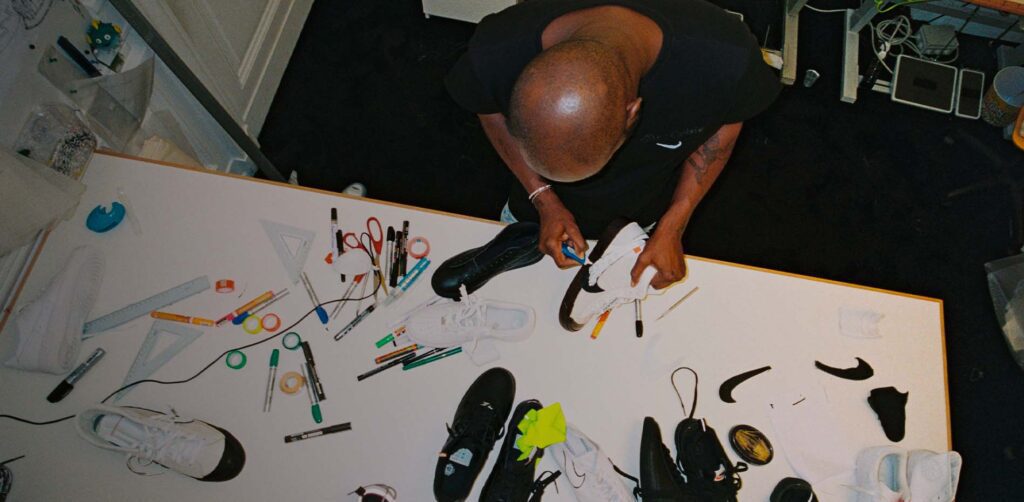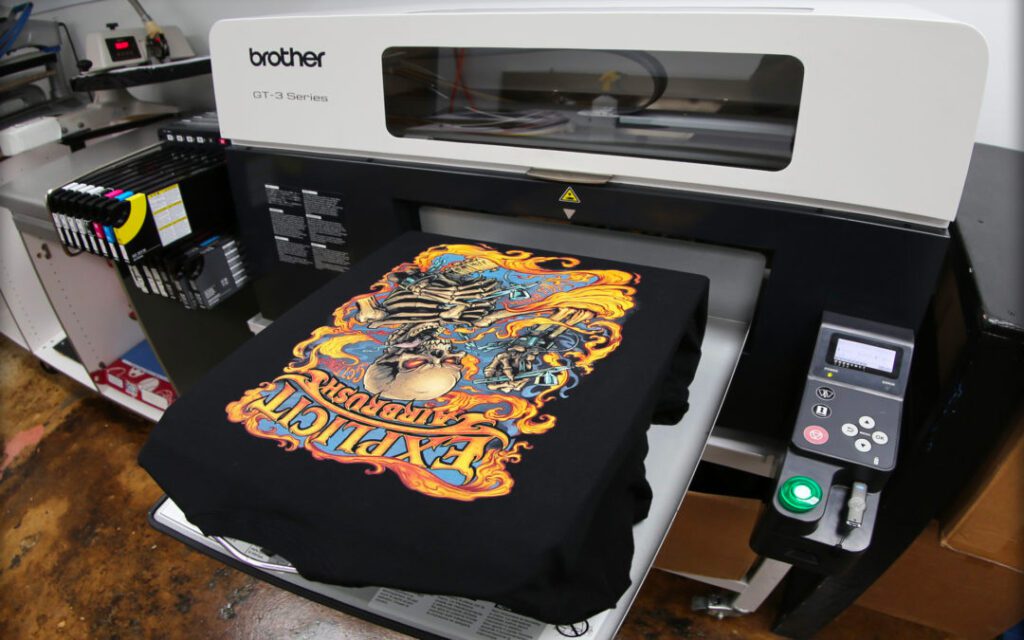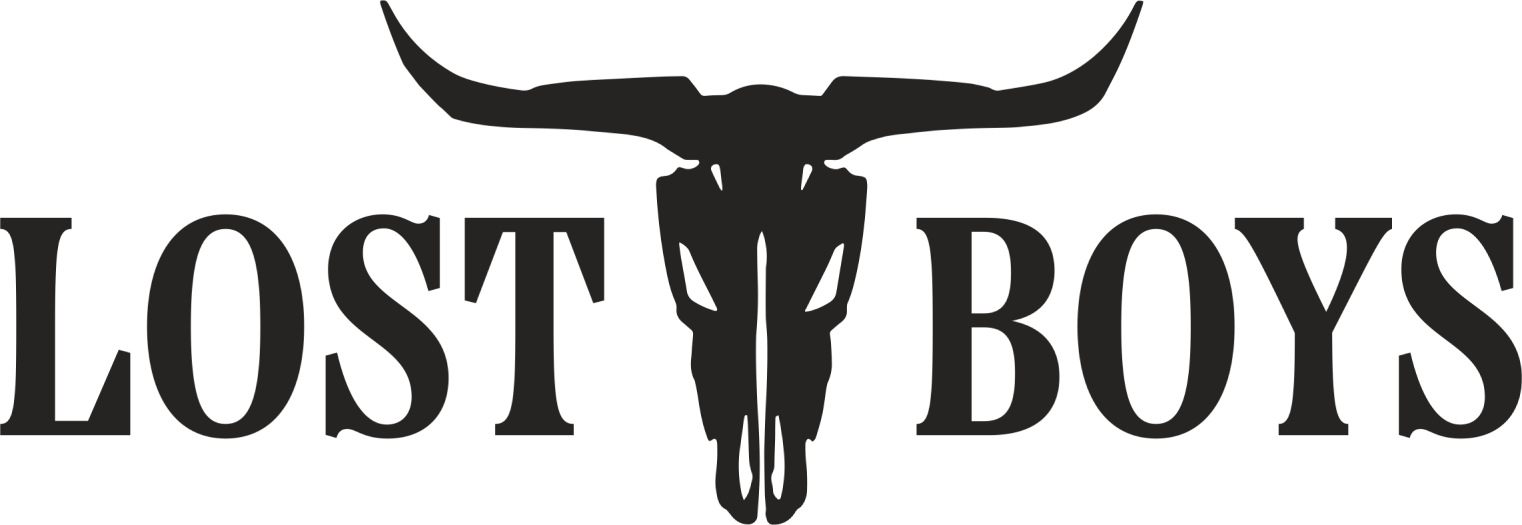Today’s digital age has revolutionized the way we connect, share stories, and do business. Among the myriad opportunities that have surfaced, one of the most exciting prospects lies in the realm of social media influence. With the right strategies, influencers can turn their passion into profit by launching an apparel line. Not only does this generate income, but it also helps to solidify their brand and deepen connections with their audience.
In our last post, we talked extensively about the transition from influencer to entrepreneur, focusing on the process of creating and selling your own apparel line. Today, we’re going to dive deeper into this topic, discussing the strategies you need to implement to ensure your apparel line’s success. Let’s embark on this journey together, exploring how you can monetize your influence through an apparel line.
Understanding Your Audience
The first step towards launching a successful apparel line is understanding your audience. As an influencer, you’ve built a unique connection with your followers. These individuals look up to you for inspiration, entertainment, or knowledge. They relate to your content and, by extension, your personal brand.

But to transition successfully into selling apparel, you need to understand your audience’s needs, preferences, and buying habits. Use social media analytics tools to gain insights into your followers’ demographics, interests, and engagement patterns. Conduct surveys or polls to gather direct feedback. The more you understand your audience, the better you can tailor your apparel line to their preferences.
Building Your Brand Identity
Your brand identity is the foundation of your apparel line. It’s an extension of your persona as an influencer and should resonate with your audience. When building your brand identity, consider your unique selling proposition (USP). What makes you different from other influencers? What unique value do you bring to your audience? This USP should be the cornerstone of your brand identity.
Consider aspects like your brand name, logo, color scheme, and overall aesthetic. These should align with your persona as an influencer and resonate with your audience. Consistency is key here – your audience should be able to instantly recognize your brand across all platforms and products.
Designing Your Apparel and Finding a Reliable Manufacturer
Designing your apparel and finding a reliable manufacturer are two interconnected steps that can significantly influence your apparel line’s success. This process involves understanding different apparel print processes, collaborating with a graphic designer, and effectively communicating your vision to your manufacturer.
Apparel Print Processes
When it comes to apparel printing, there are several techniques you can use, each with its own advantages and considerations. The three most common methods are digital printing, screen printing, and embroidery.
Digital Printing: Also known as Direct-to-Garment (DTG) printing, digital printing is a newer technique that works much like a traditional inkjet printer. It allows for high-detail prints and a wide range of colors, making it ideal for complex, multicolored designs. However, it’s less cost-effective for large quantities due to its slower printing speed.
Screen Printing: This is a traditional printing method that involves creating a stencil (or screen) and using it to apply layers of ink to the printing surface. Screen printing is cost-effective for large quantities and produces vibrant, long-lasting colors. However, it’s less suited for designs with many colors or intricate details.
Embroidery: This is a technique where designs are sewn onto the garment using thread. Embroidery gives a high-end, professional look and is very durable. It’s perfect for small logos or text but can be quite expensive for larger designs.
Collaborating with a Graphic Designer
Designing apparel is a creative process that requires a keen eye for detail and understanding of different print processes. If design isn’t your forte, consider hiring a professional graphic designer. They can help turn your ideas into polished designs that align with your brand and appeal to your audience.

Importantly, your graphic designer can also help you decide which print process best suits your design. They can guide you on factors such as color usage, detail level, and print size, which can greatly influence the print process you choose. For example, a complex, multicolored design might be better suited to digital printing, while a simple, one-color design might be perfect for screen printing or embroidery.
Communicating with Your Manufacturer
Once you have your design and have chosen a print process, it’s time to communicate your vision to your manufacturer. A reliable manufacturer is essential for turning your designs into physical products. Your choice of manufacturer can significantly impact the quality of your apparel, and by extension, your brand’s reputation.
When choosing a manufacturer, consider their production capabilities, quality control processes, and communication skills. Ensure they have experience with the print process you’ve chosen and can deliver high-quality items consistently.

Communication is key here. Provide your manufacturer with detailed information about your design, including the print process, colors, sizing, and placement. Share your design files in the format they require, and ask for a sample product to check the print quality and accuracy before proceeding with a full order.
By combining your creative vision with the technical expertise of a graphic designer and a reliable manufacturer, you can create high-quality apparel that resonates with your audience and enhances your brand.
Setting Up an Ecommerce Platform
Once your apparel line is ready, you’ll need a platform to sell it. An ecommerce platform allows you to reach a global audience and operate your business around the clock.
Shopify is an excellent choice for influencers looking to transition into ecommerce. It’s user-friendly, versatile, and comes with a range of features designed to help you succeed. From setting up your online store and adding products to customizing your checkout process and managing orders, Shopify has you covered. For a more detailed walkthrough on setting up your Shopify store, refer to our guide here.
Marketing Your Apparel Line
With your online store set up and your apparel ready to go, it’s time to market your products. As an influencer, you have a distinct advantage in this area. You already have a captive audience that trusts your recommendations and values your opinion.
Leverage your social media platforms to promote your apparel line. Share behind-the-scenes content, sneak peeks of new designs, and photos of you or your followers wearing your apparel. Engage with your audience, respond to their comments, and encourage them to share photos of them wearing your products.
Consider collaborating with other influencers to reach a broader audience. You could also explore paid advertising options, such as social media ads or influencer marketing platforms.
Remember, authenticity is key in marketing. Ensure your promotional content aligns with your personal brand and feels genuine. Overly salesy content can turn off your followers and harm your brand’s reputation.
Providing Exceptional Customer Service
Customer service is often overlooked in the ecommerce world, but it’s a crucial factor in your business’s success. Good customer service can turn first-time buyers into loyal customers, boost your brand’s reputation, and even drive word-of-mouth marketing.
Ensure your customers have a smooth shopping experience by providing clear product descriptions, straightforward shipping and return policies, and multiple payment options. Be responsive to customer inquiries and handle any issues promptly and professionally. Remember, your customers aren’t just buying a product – they’re buying an experience.
Evaluating and Adjusting Your Strategy
The ecommerce landscape is dynamic and ever-changing. What works today may not work tomorrow. Therefore, it’s crucial to regularly evaluate your strategy and make adjustments as needed.
Use analytics tools to track your sales, website traffic, and customer behavior. Pay attention to what’s working and what’s not. Are certain products selling better than others? Are your marketing efforts driving traffic to your site? Have customers been leaving positive reviews? Use this information to refine your strategy and make informed business decisions.
Conclusion: Your Journey from Influencer to Entrepreneur
Transitioning from influencer to entrepreneur is an exciting journey. It’s an opportunity to monetize your influence, deepen your connection with your audience, and build a lasting legacy. But like any journey, it comes with its challenges.
However, with the right strategy, a clear understanding of your audience, and a commitment to providing high-quality products and exceptional customer experiences, you can turn these challenges into opportunities.
Remember, success doesn’t happen overnight. Be patient, stay consistent, and don’t be afraid to seek help when needed. You’re not just selling apparel – you’re selling a piece of your brand, a piece of yourself. And that’s something your audience can’t find anywhere else. As you embark on this journey, remember to enjoy the process. After all, you’re turning your passion into profit, and that’s something to celebrate!



